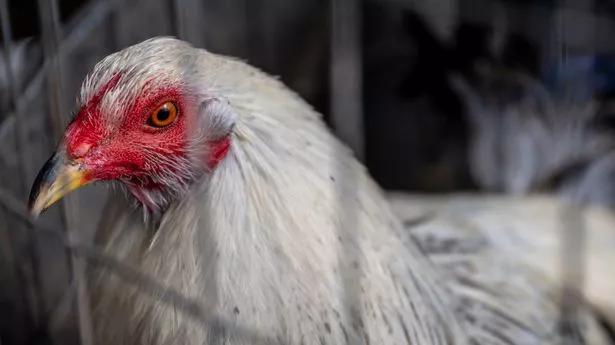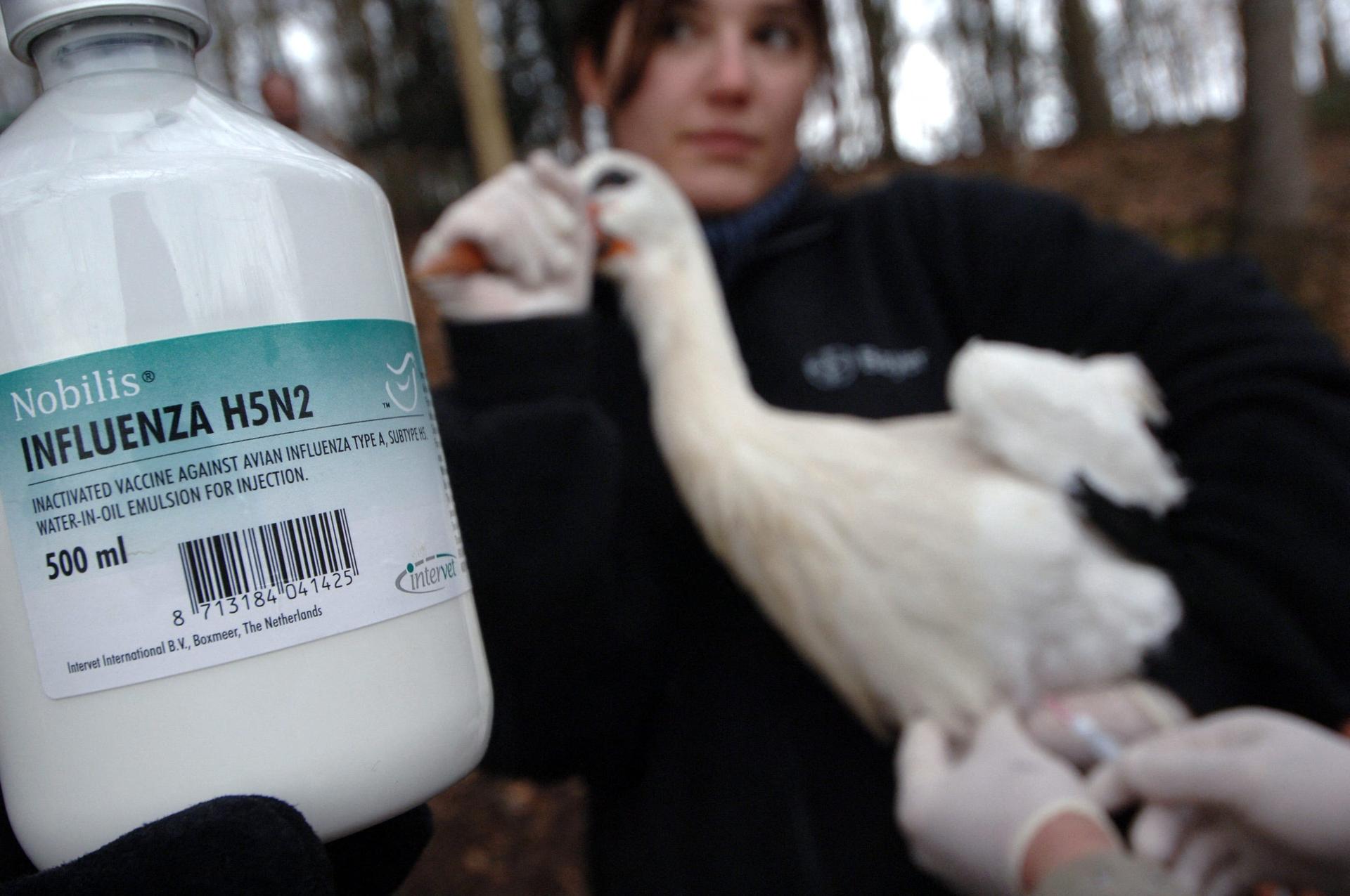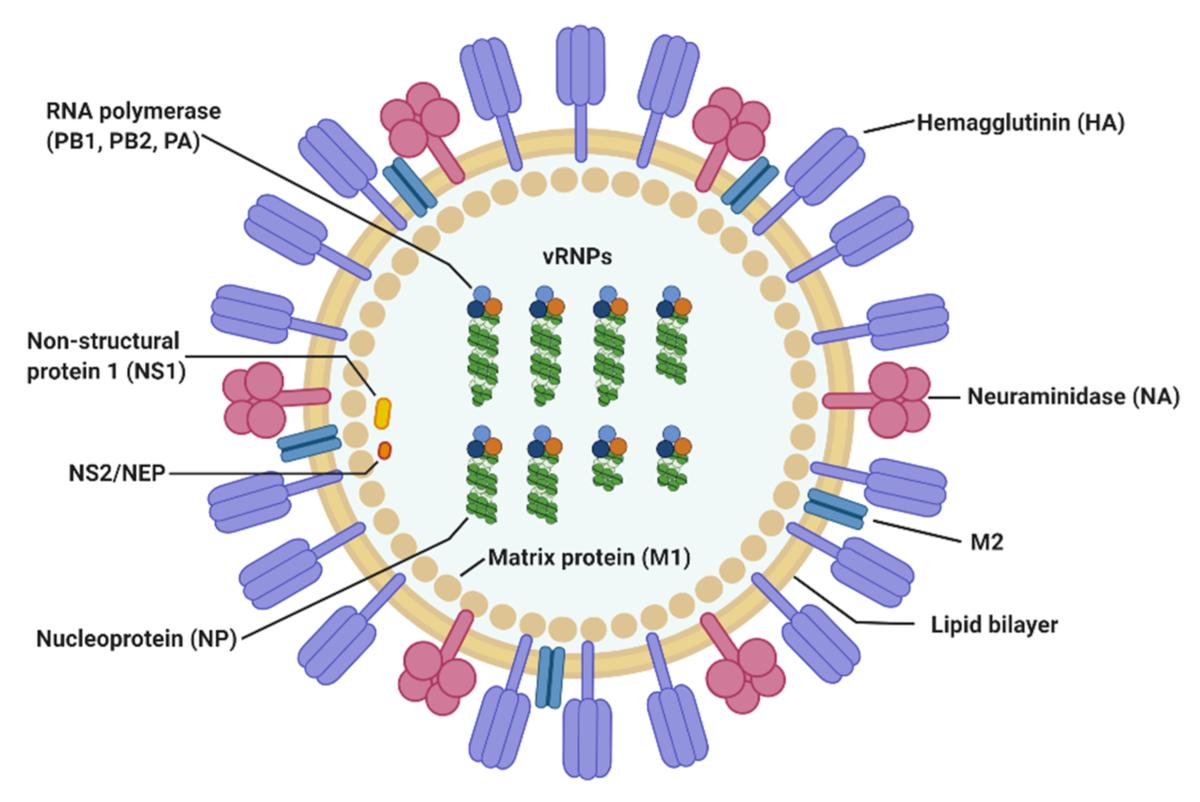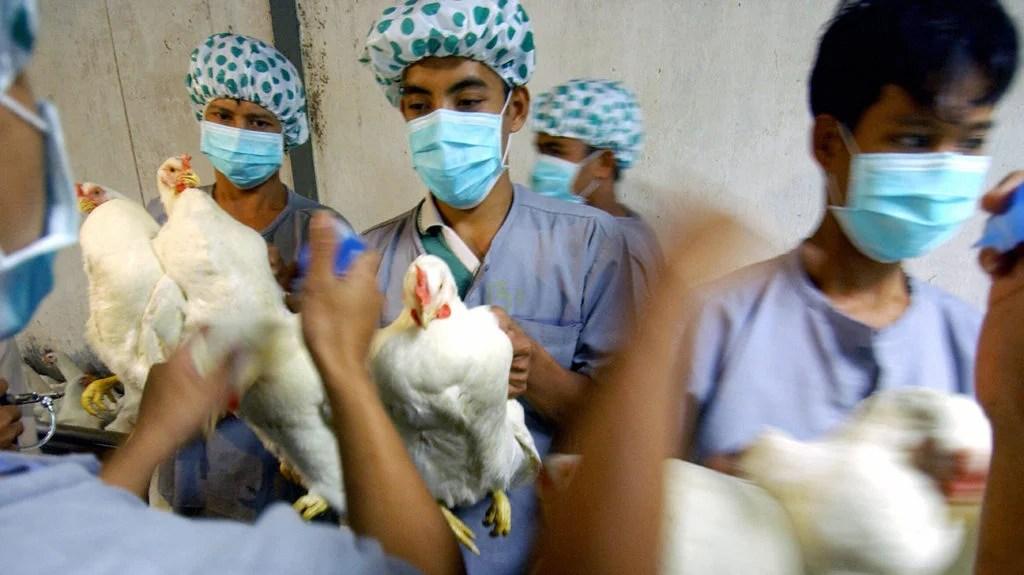The World Health Organization (WHO) has confirmed the first-ever fatal human case of avian influenza A(H5N2) in Mexico. This strain had previously only been reported in birds before infecting a 59-year-old resident of the State of Mexico.
On May 23, Mexican health officials confirmed the H5N2 bird flu case in the individual hospitalized in Mexico City. The WHO stated this is the first lab-confirmed human case of an A(H5N2) virus infection globally. It is also Mexico’s first avian H5 virus infection in humans.
Assessing Risks and Exposure Source

Although the source of exposure remains unknown, the WHO noted A(H5N2) viruses have been reported in poultry in Mexico. Based on available information, the organization assessed the current risk to the general population posed by this virus as low.
However, the case raises concerns about potential unidentified cases if human-to-human transmission occurred, as the patient had no known exposure to poultry or other animals.
A Different Strain from Ongoing Outbreaks

The H5N2 strain differs from the current outbreak of the H5N1 bird flu virus circulating among dairy herds in the United States. At least three farm workers have been diagnosed with mild H5N1 infections after exposure to infected cows.The H5N2 strain differs from the current outbreak of the H5N1 bird flu virus circulating among dairy herds in the United States. At least three farm workers have been diagnosed with mild H5N1 infections after exposure to infected cows.
Experts emphasize that H5N2 and H5N1 are separate lineages with distinct histories and disease characteristics, although both belong to the H5 virus family.
Investigating Mutation Potential and Transmissibility

Scientists aim to conduct further genetic sequencing of the H5N2 virus to determine if it has mutated in a way that facilitates easier human transmission. H5 viruses generally struggle to infect humans due to differences in the cell receptors they target compared to those in birds.
Experts are assessing whether the H5N2 case represents a potential pandemic risk. As H5 viruses like H5N1 have not caused widespread human-to-human transmission despite infrequent human infections.
Continued Vigilance and Monitoring

The isolated H5N2 case in Mexico is concerning. Experts suggest that the H5N1 virus circulating in U.S. dairy herds warrants immediate attention due to its potential for acquiring human-transmissible mutations.
Ongoing monitoring and investigation of bird flu strains, their mutations, and transmission patterns are important for informing appropriate public health measures. Crucial preparedness efforts to mitigate potential risks is necessary as well.
Unidentified Source of Exposure

Although the source of exposure is currently unknown, the WHO noted that A(H5N2) viruses have been reported in poultry in Mexico. Based on available information, the WHO assessed the current risk to the general population as low.
However, the lack of a clear source raises concerns about potential undetected cases. Investigations are ongoing to determine how the infection occurred.
Understanding the H5N2 Strain

H5N2 is one of several avian influenza virus strains, classified based on surface proteins. It belongs to the H5 family primarily infecting wild birds.
While H5 viruses rarely infect humans compared to other subtypes, the Mexican case raises questions about potential mutations enabling human transmission. Further genetic analysis is needed to assess the risk.
Underlying Conditions and Severity

The 59-year-old patient in Mexico had been bedridden for several weeks prior to developing symptoms like fever, nausea, and shortness of breath. He was hospitalized on April 24 and died that day.
Experts note his underlying medical conditions likely exacerbated the infection’s severity. The WHO is investigating if any other cases occurred.
Comparison to H5N1 Outbreak

While the H5N2 case is concerning, experts emphasize the need to focus on the H5N1 outbreak affecting U.S. dairy herds.
H5N1 has a history of causing severe infections in humans and has the potential to acquire mutations enabling human-to-human transmission. Monitoring its evolution is a priority.
Ongoing Vigilance and Preparedness

While the current risk is assessed as low, the emergence of a new human-infecting bird flu strain highlights the importance of ongoing vigilance and preparedness efforts.
Monitoring for mutations, strengthening surveillance, and developing effective countermeasures are crucial to mitigate potential pandemic risks.

